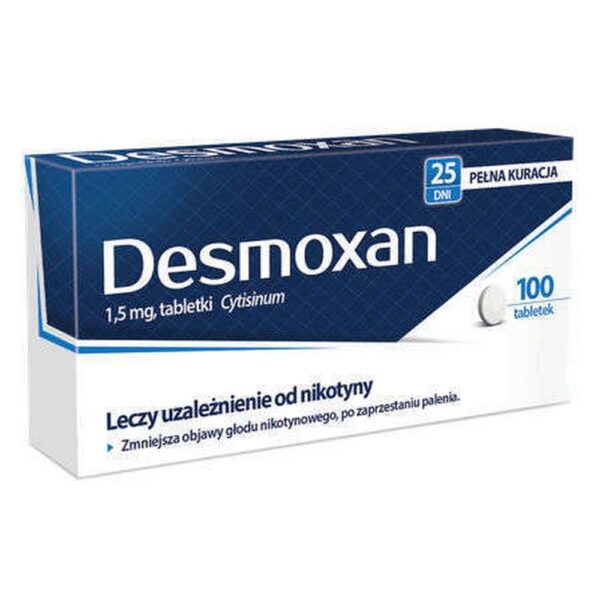“Description
Cirrus Duo is a medicinal product with antiallergic and nasal decongestant properties, for use in the case of nasal congestion and inflammation of the nasal mucosa (sneezing, runny nose, itching, allergy).
Composition
The active substances are: pseudoephedrine (Pseudoephedrini hydrochloridum) and cetirizine (Cetirizini dihydrochloridum).
1 tablet contains 5 mg of cetirizine dihydrochloride (immediate-release form) and 120 mg of pseudoephedrine hydrochloride (prolonged-release form).
Excipients: immediate release layer: lactose monohydrate, microcrystalline cellulose, croscarmellose sodium, colloidal anhydrous silica, magnesium stearate; prolonged release layer: hypromellose, microcrystalline cellulose, colloidal anhydrous silica, magnesium stearate; Opadry Y-1-7000 white coating: hypromellose, titanium dioxide (E 171), macrogol 400.
Dosage
Always use this medicine exactly as described in this leaflet or as directed by your doctor or pharmacist.
Medicine for oral use.
Cirrus should be taken during or between meals.
The tablets must not be crushed, chewed, divided or crushed. Swallow whole.
If symptoms worsen or do not subside after 5 days, consult a doctor.
The medicine should not be used for longer than 2-3 weeks.
Adolescents over 12 years of age and adults: 1 tablet 2 times a day (morning and evening).
Patients with moderate renal or hepatic impairment: the dose should be reduced to 1 tablet per day.
Action
Cirrus Duo contains 2 active substances that are responsible for anti-allergic (cetirizine) and nasal decongestant (pseudoephedrine) properties. Pseudoephedrine constricts the blood vessels in the nasal mucosa. Cirrus Duo relieves symptoms associated with year-round and seasonal allergic rhinitis.
Indications
Symptomatic treatment of seasonal and year-round allergic rhinitis (nasal congestion, sneezing, watery nasal discharge – runny nose, itching of the nose and conjunctiva).
Contraindications
When not to use Cirrus Duo:
if you are allergic to the active substances of the drug (cetirizine, pseudoephedrine), ephedrine, piperazine or its derivatives or any of the other ingredients of this drug,
if you have severe hypertension, severe ischemic heart disease, severe renal failure, decompensated hyperthyroidism, severe cardiac arrhythmias, pheochromocytoma of the adrenal medulla, glaucoma, increased intraocular pressure,
if you suffer from urinary retention
if you have had a stroke,
if you are at high risk of hemorrhagic stroke,
if you are taking medications such as dihydroergotamine, MAO inhibitors (or have been taking MAOIs in the last 2 weeks),
in people under 12 years of age.
Side effects
Like all medicines, this medicine can cause side effects, although not everybody gets them.
Common side effects (affects 1 to 10 in 100 people):
insomnia, nervousness, drowsiness,
headaches, dizziness,
rapid heartbeat,
dry oral mucosa,
nausea,
weakness.
Uncommon side effects (affects 1 to 10 in 1,000 people):
stimulation,
anxiety.
Rare side effects (affects 1 to 10 in 10,000 people):
convulsions, tremors,
Heart arythmia,
dry skin, rash, hives, increased sweating,
high blood pressure,
hypersensitivity reactions,
hallucinations,
paleness,
painful/difficult urination.
Very rare side effects (less than 1 in 10,000 people):
taste disturbances,
drug rash,
angioedema,
circulatory collapse,
psychotic disorders.
Frequency unknown:
blurred vision, accommodation problems, unusual dilation of the pupils, eye pain, decreased vision, abnormal visual tolerance of light,
erectile dysfunction,
palpitations,
dyspnoea,
skin reactions with fever and pimples.”













